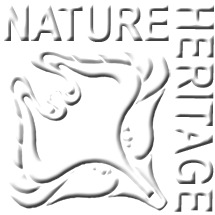Broad-scale priority setting for conservation
Biodiversity is vital for all humans. Despite a multitude of international agreements, local and global activism, academic debate and vast sums dedicated to conservation, the future of earth’s natural capital remains uncertain. After all, none of the internationally agreed Aichi Biodiversity Targets, to be achieved by 2020, has actually been achieved. Financial resources are highly limited and human pressure on land is every accelerating. Thus, ensuring the efficient allocation of resources for area selection, and thus maximum conservation impact, remains essential. Read More
Ecoregion TopSpots: The Conservation Mona Lisas
Ecoregions are geographic regions of the world that indicate the distribution of ecosystems and plant and animal communities. Ecoregion TopSpots are the most important areas for conservation containing the most unique and the most vulnerable ecoregions of the world. We published two papers on the prioritisation of ecoregions. Our innovative high-level investigation has identified a new world map, that will allow conservation organisations to join forces and work together on protecting crucial natural areas of the world.
Alliance for Zero Extinction (AZE) species: Pushing for zero extinction conservation
Effective protection of the about 19 000 IUCN-listed threatened species has never been more pressing. Ensuring the survival of the most vulnerable and irreplaceable taxa and places, such as those identified by the Alliance for Zero Extinction (AZE) species and their associated sites (AZEs&s), is an excellent opportunity to achieve the Aichi 2020 Targets T11 (protected areas) and T12 (preventing species extinctions).
We argue that the Alliance, whose initial main aim was to identify AZEs&s, must be followed up by a second-generation initiative that directs and co-ordinates AZE conservation activities on the ground.

